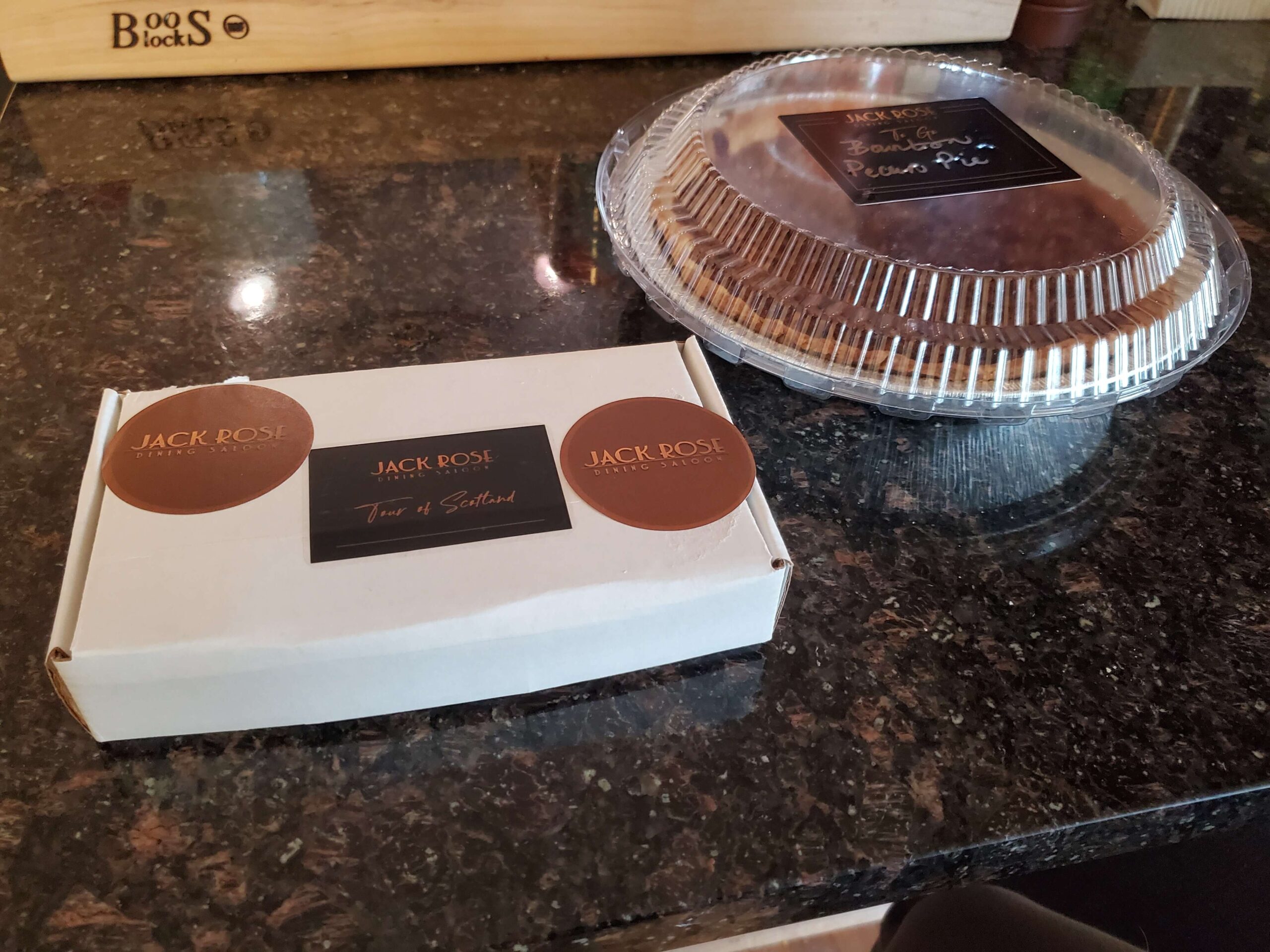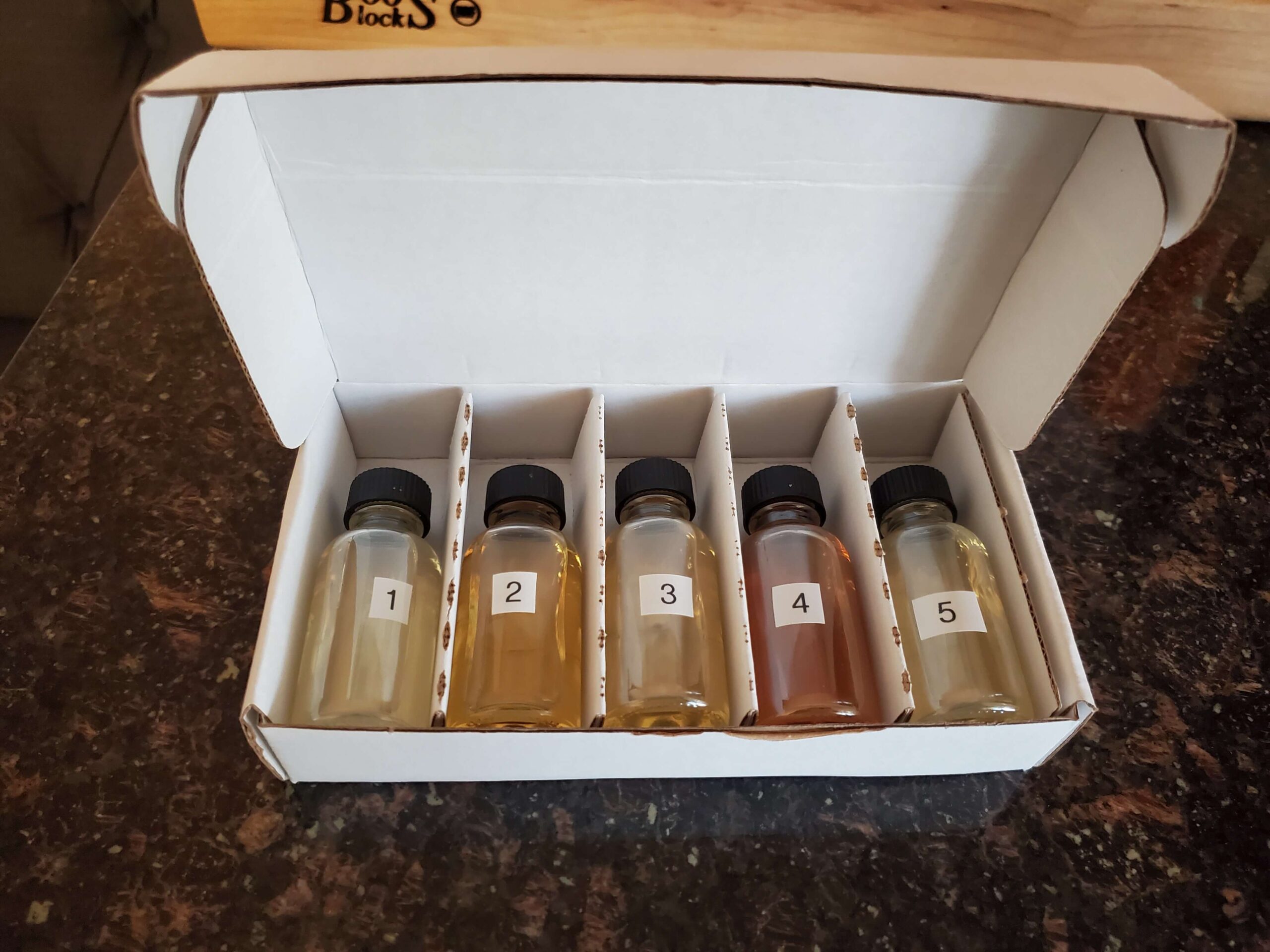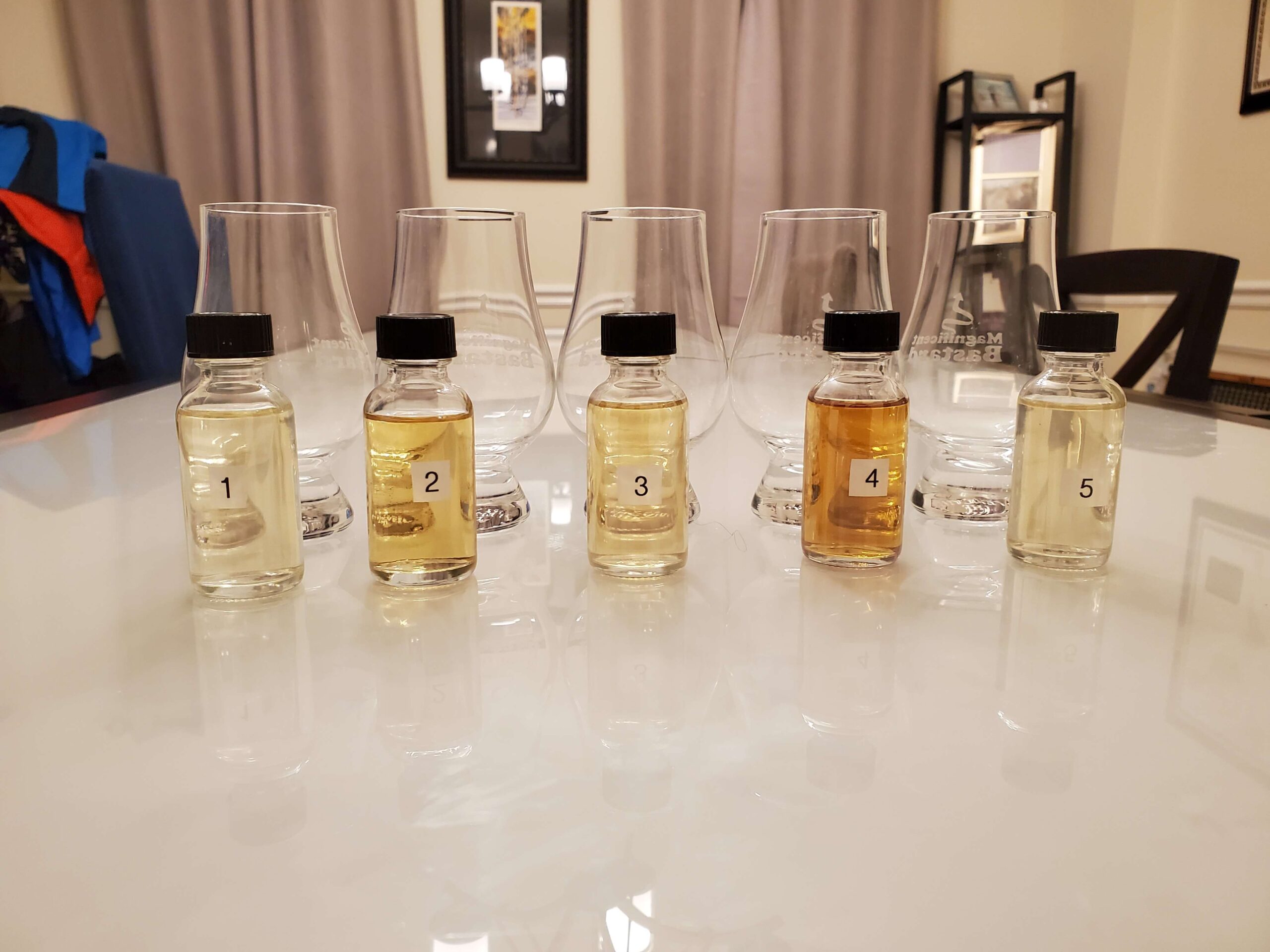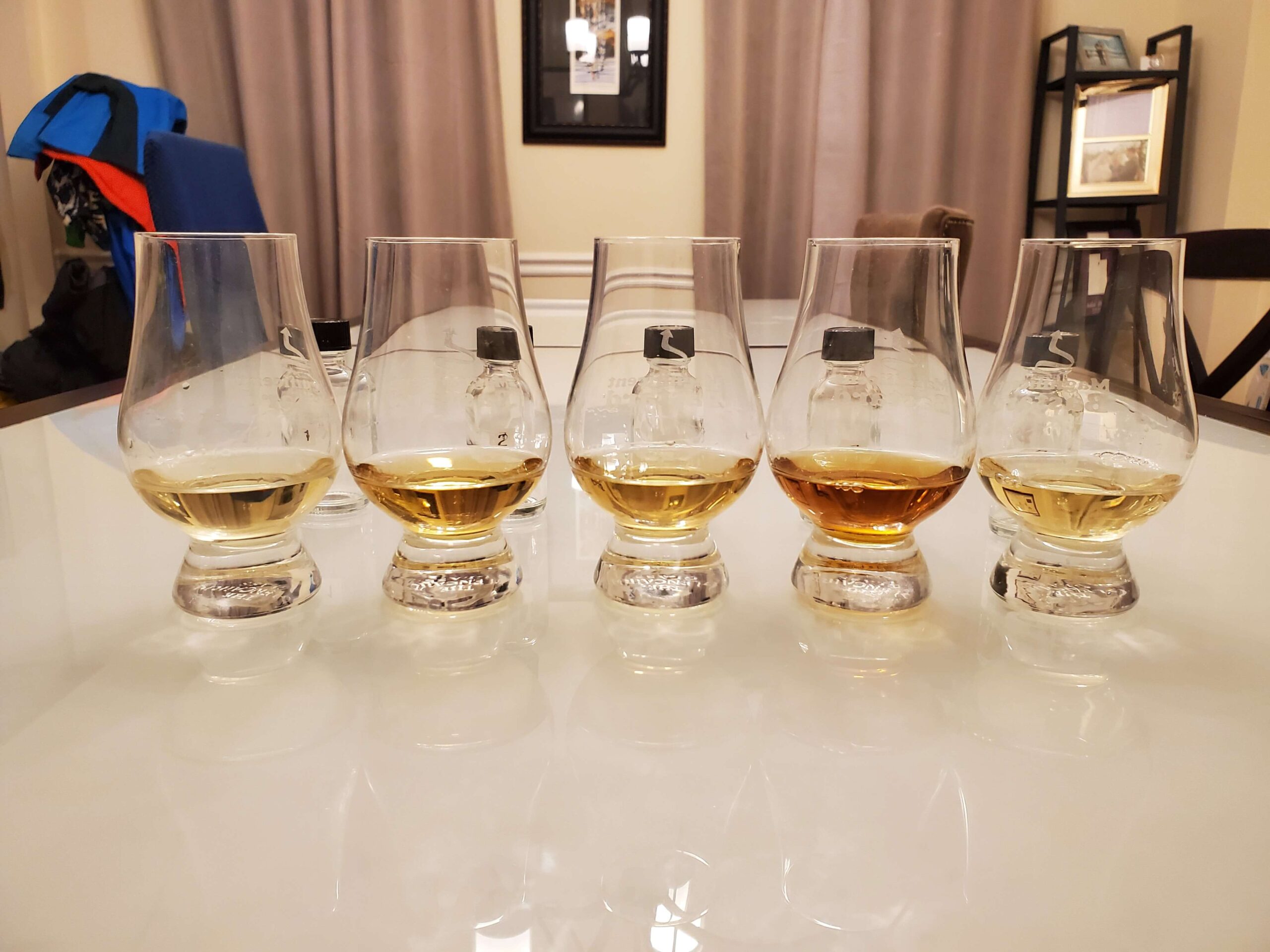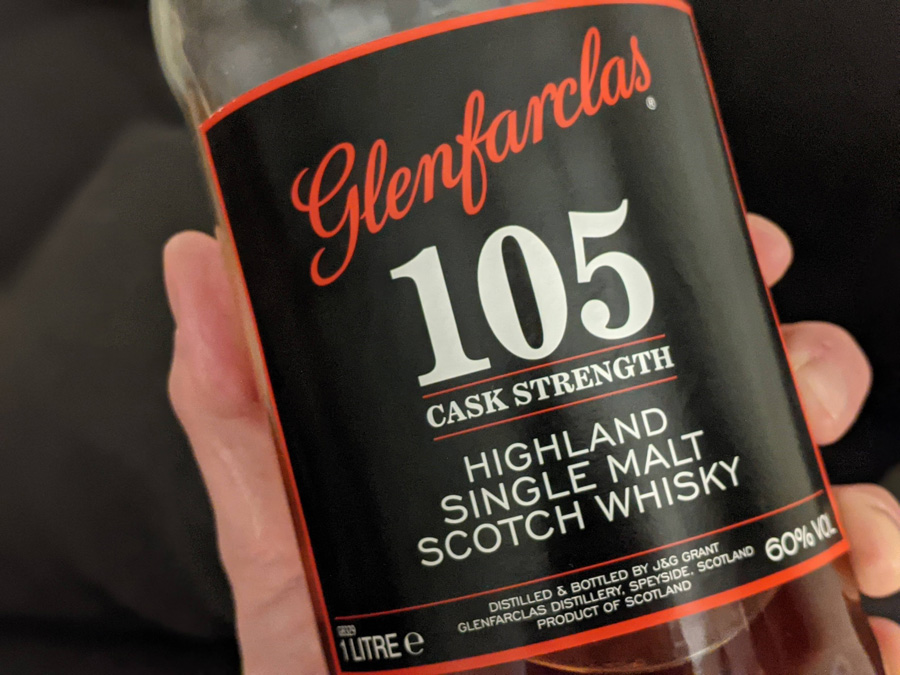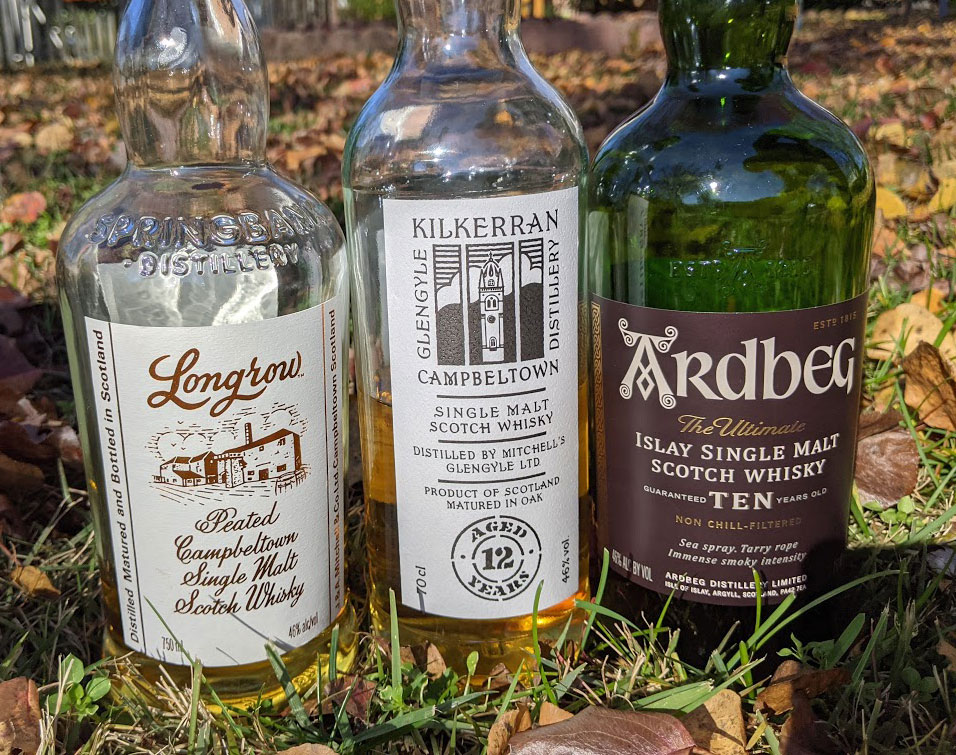Last week in TTB Approvals
11/30-12/4
Here are the label approvals from last week that I found most interesting and noteworthy:
Go West, Young Man
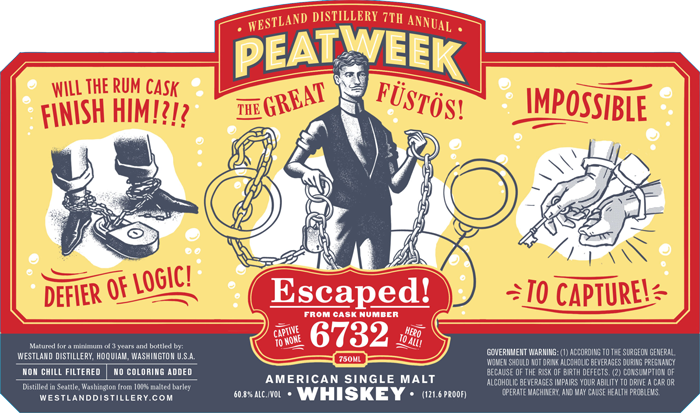
From one of America’s premier distillers of malt whiskey comes the annual Peat Week release from Westland. This installment looks to be finished in rum casks. Westland’s signature nutty coffee character should be a really interesting interplay with the peat and rum notes. Kudos for the fantastic retro-comic label.
Maybe you can teach an old dog new tricks
It’s easy for established, massive brands to rest on their laurels and stick to their historically successful profile. Stephanie Macleod and Dewar’s have deviated from that route and experimented with some interesting and innovative cask finishes recently. First was the “Caribbean Smooth” expression, finished in rum casks. Then, the “Ilegal Smooth”, finished in Mezcal casks. Next up is “Japanese Smooth”, finished in Mizunara oak casks.
A Glenmorangie budget offering?
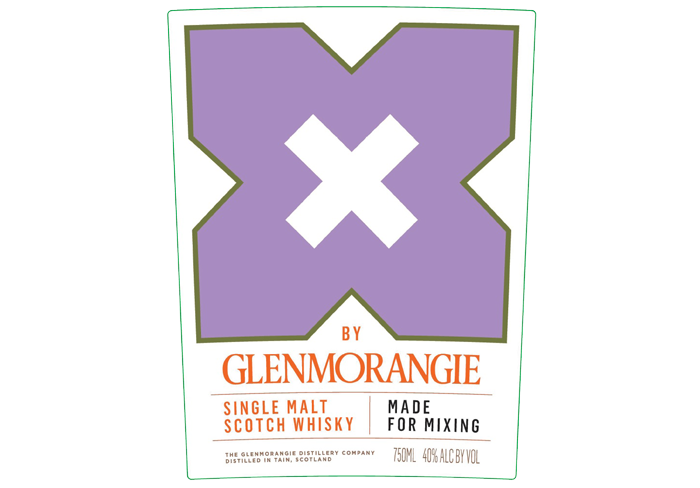
Glenmorangie X was “[c]rafted with top bartenders” and “made for mixing”. A Scotch distillery known for their single malt making a bartenders’ edition is not unheard of (e.g., Auchentoshen), but I don’t recall any such distillery marketing and labeling an expression of their single malt as “for mixing”. Could this be Glenmorangie targeting a much wider market than they normally reach? As far as I’m concerned, Dr. Bill Lumsden can do no wrong, so this will be on my home bar shortly after it hits the market.
New Expressions from Kentucky
Old Forester expands their Rye lineup with a Single Barrel, Barrel Strength expression, and Bardstown adds “Distillate”, their version of White Dog, or un-aged, whiskey. The Old Forester lineup expansion is no surprise, as that’s a trend for larger American distilleries. Bardstown adding Distillate is a welcome treat for whiskey geeks. It’s not often you get the chance to compare un-aged spirit with the aged products to really see what effect a barrel has on a finished whiskey.
Sourcing Bourbon with Magnificence
The world’s first crowd-sourced distillery, Crowded Barrel Whiskey, received approval on their latest in the Eleanor series, sourced from MGP and aged in Texas. Crowded Barrel is the brain-child of Daniel Whittington and Rex Williams, producers and stars of the top 2 whisky channels on YouTube, The Whiskey Vault, and The Whiskey Tribe. Daniel and Rex have sourced funds, ideas, and decisions from their fans, the Magnificent Bastards, to create a truly unique whiskey community. This Eleanor is a wheated mash bill from MGP, but unfortunately will not make it to retail shelves. A visit to the distillery or Patreon subscription are your only routes to trying this one.
Very Olde and just a smidge olde-er
Two from Very Olde St. Nick: a 15.96 year old and a 16 year old. I’ll be curious to see if the 15.96 ever makes it to market. That would be one of the more unusual age statements on a bottle. I’d imagine when/if these hit retail, they’ll be very difficult to procure.
